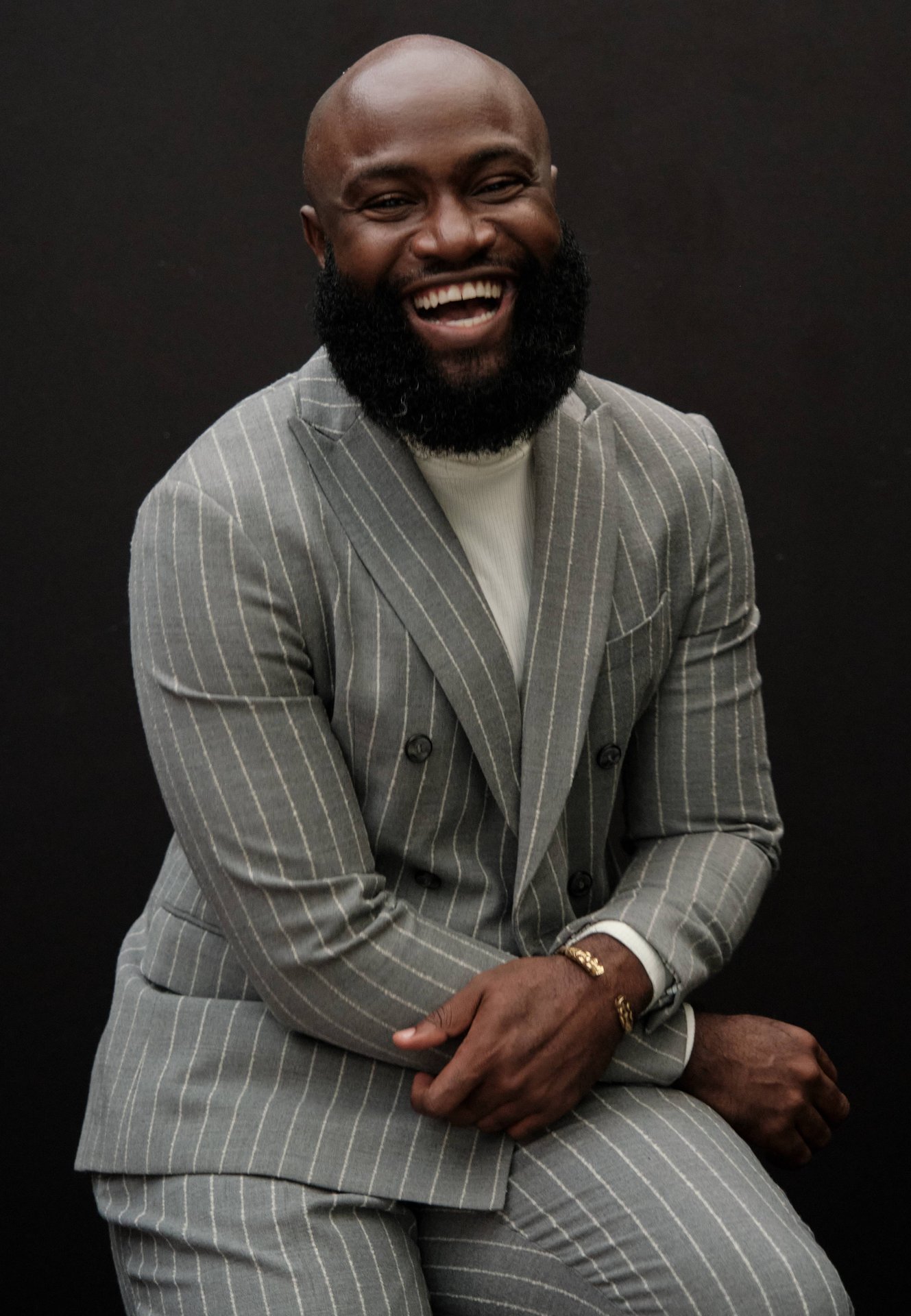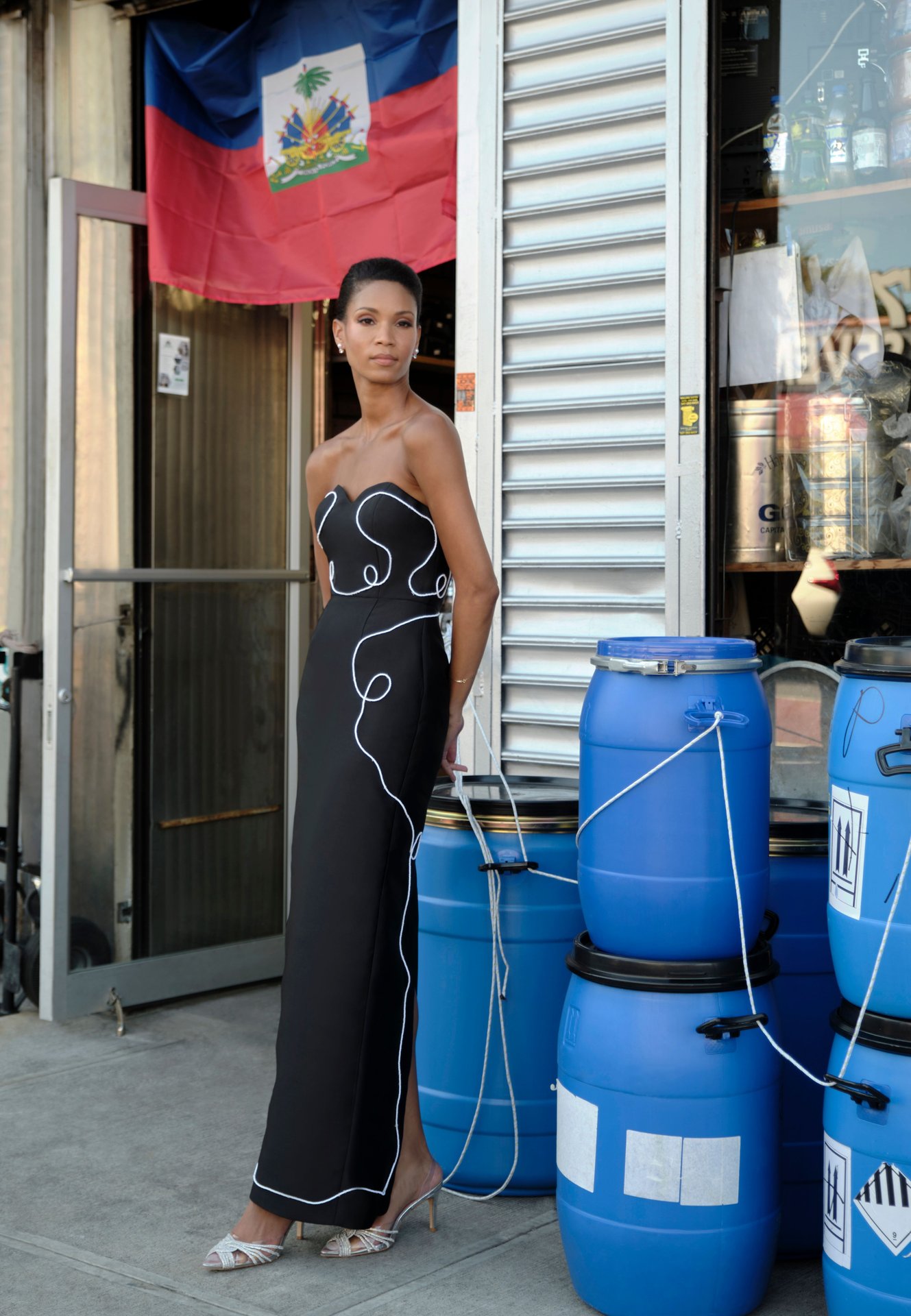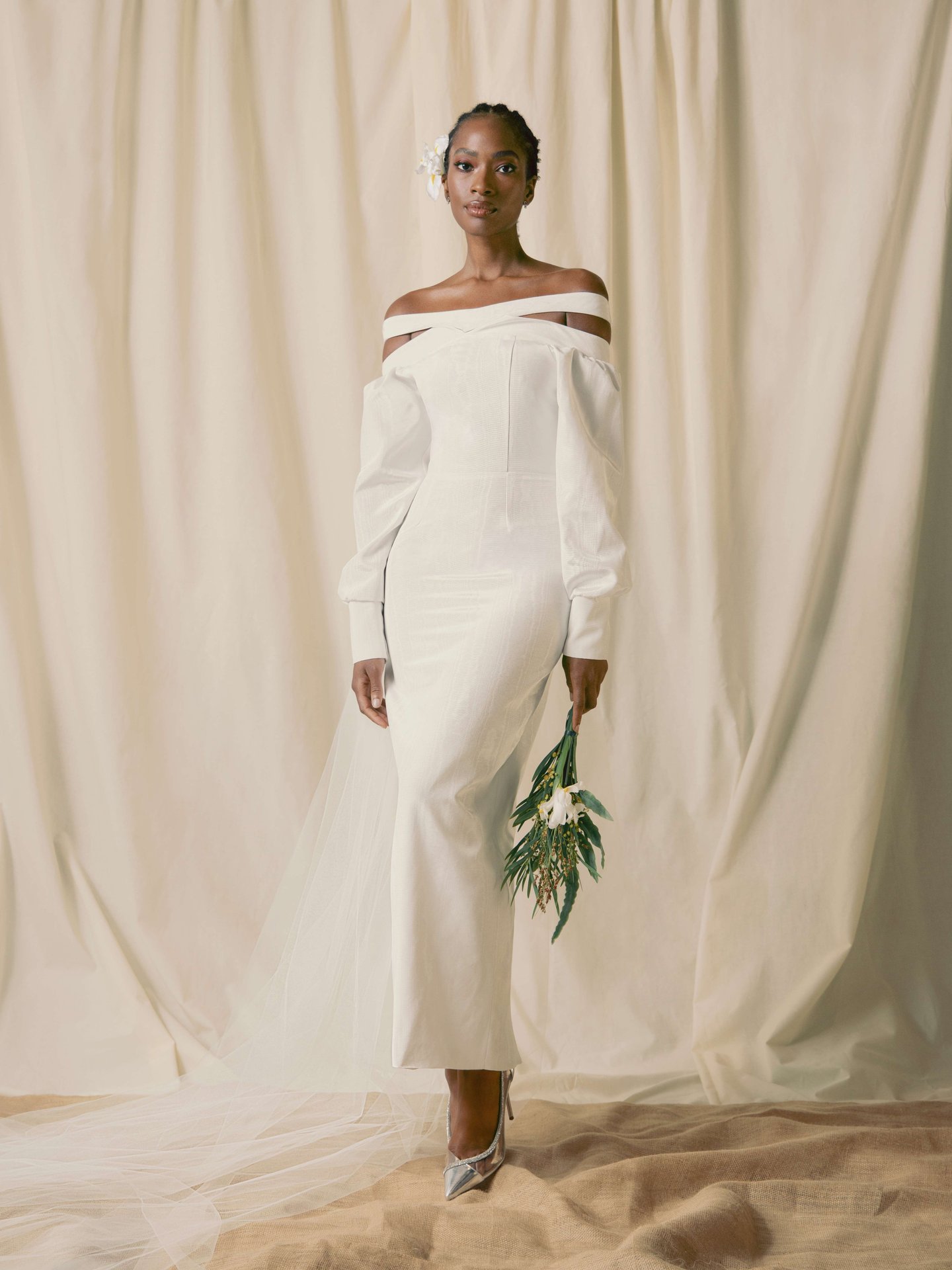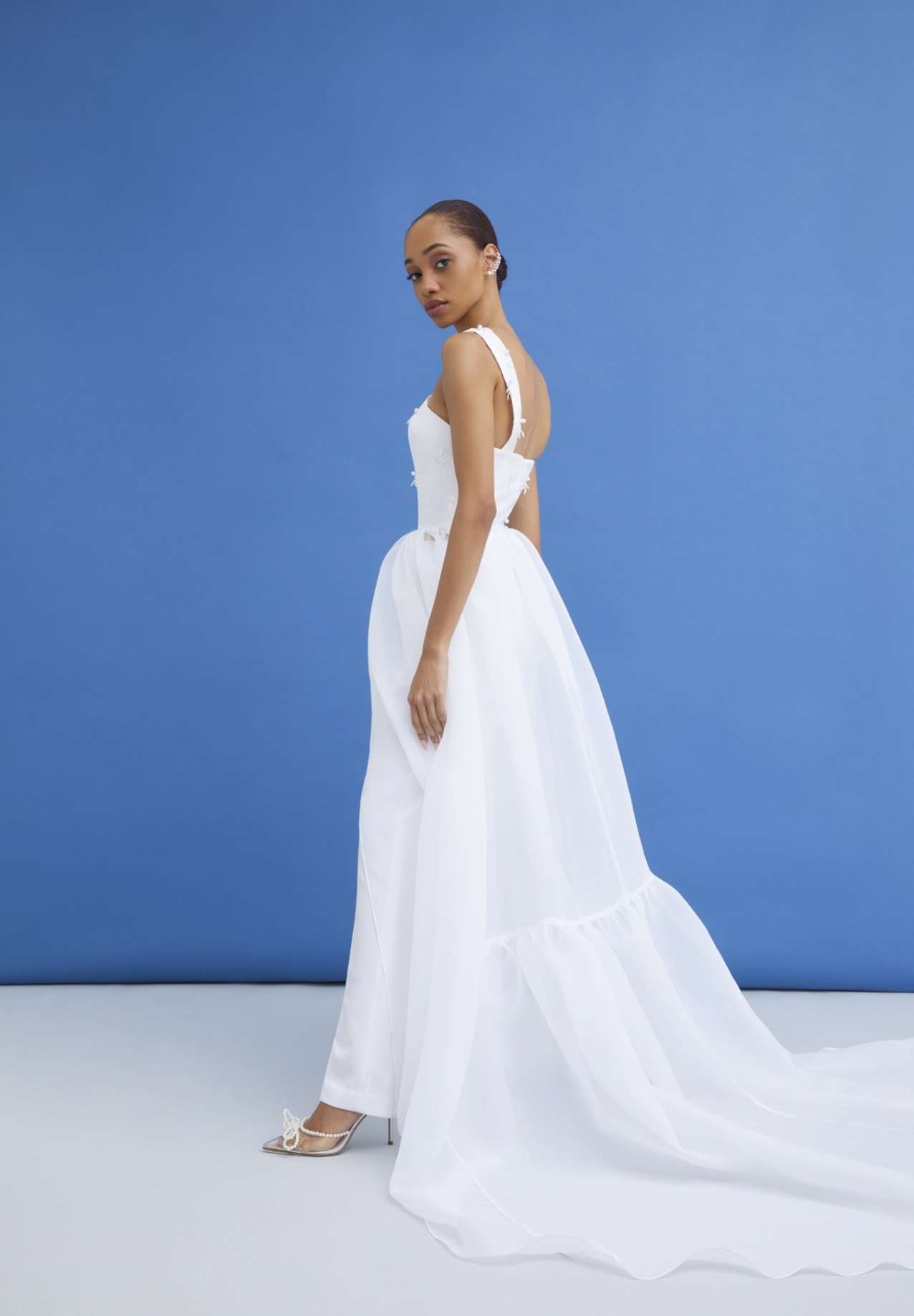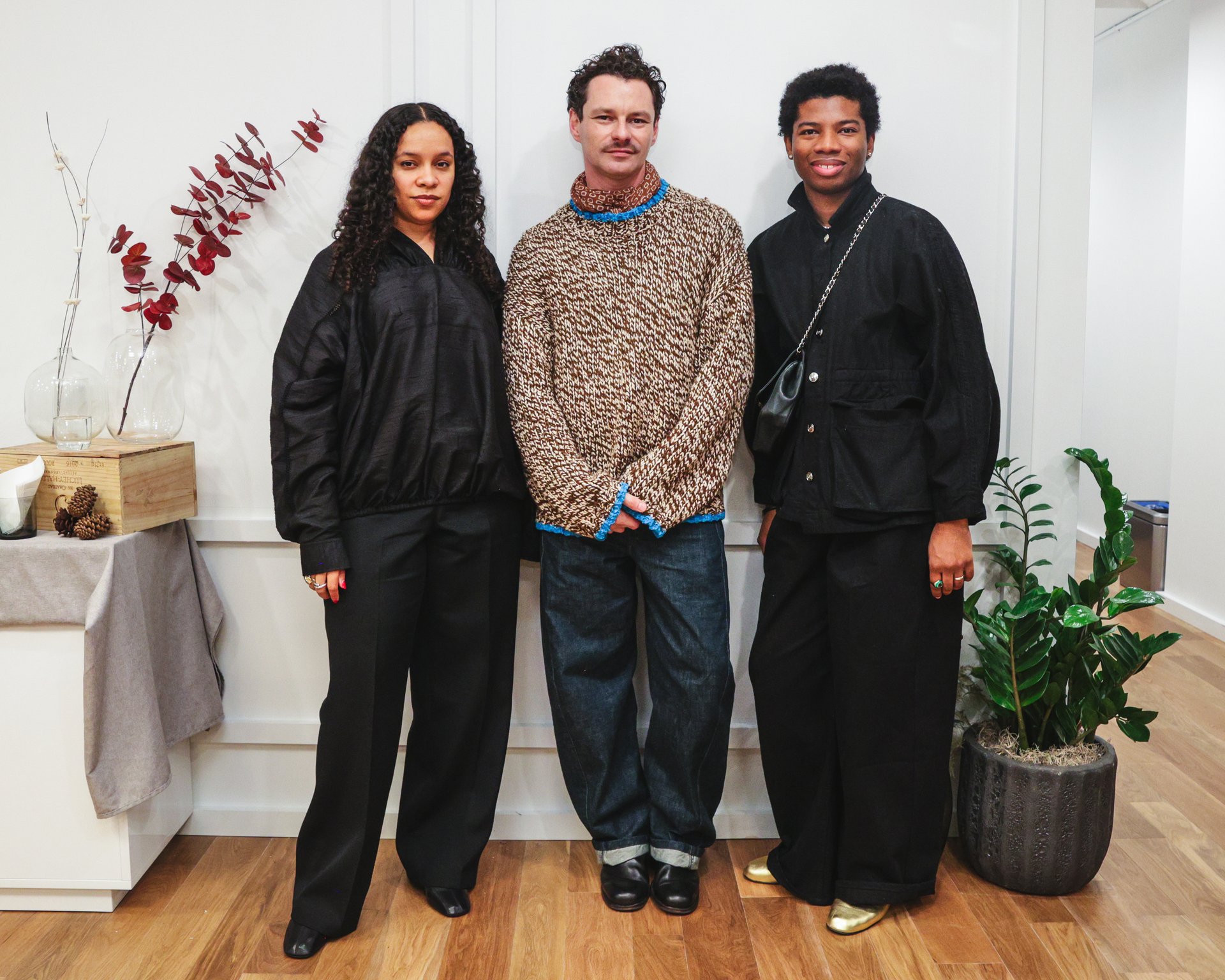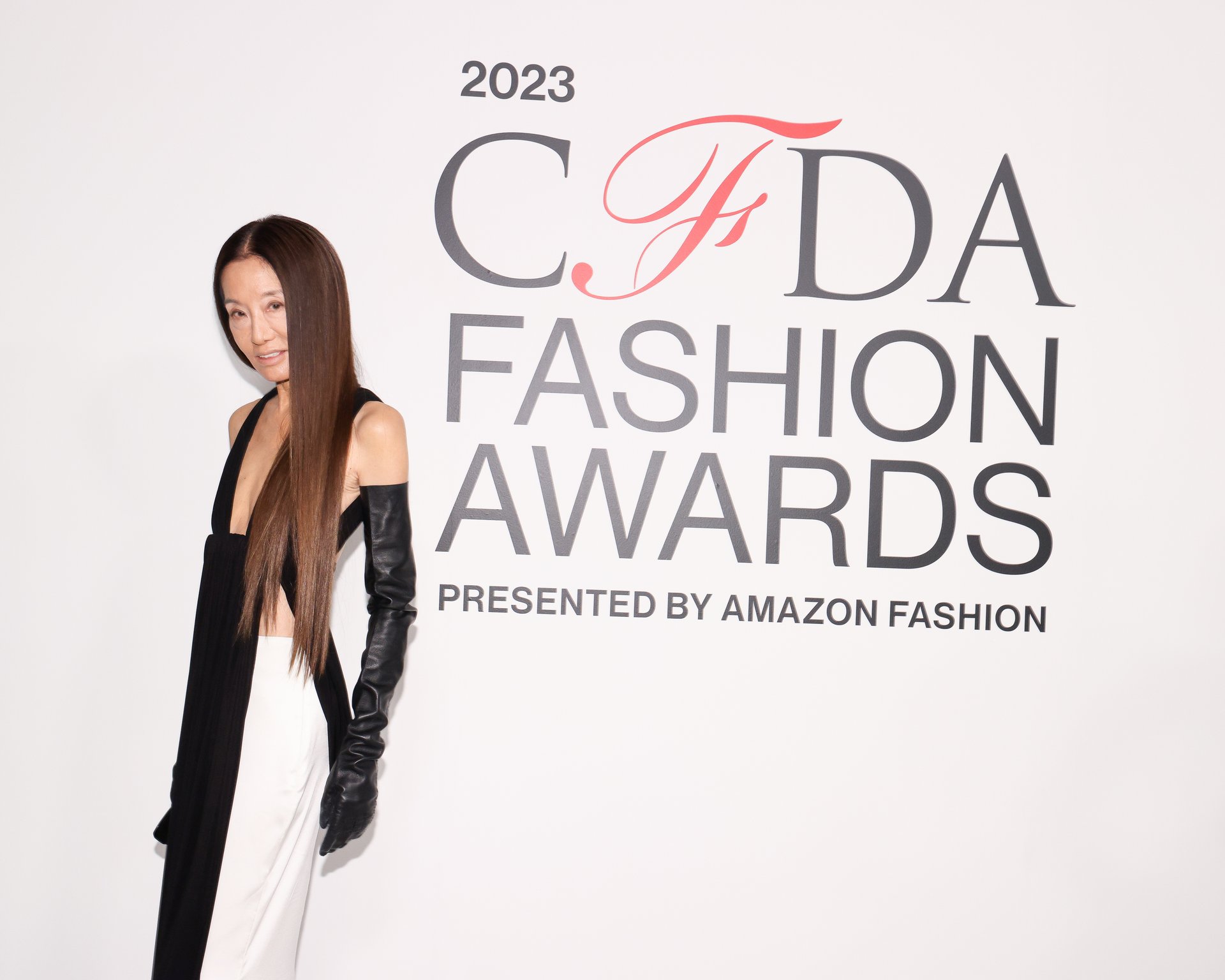What inspired the creation of Scorcesa, and how did the evolving wedding landscape during the pandemic shape its vision? What challenges have you faced, and how have you navigated them to establish a unique niche in the bridal industry?
Scorcesa was born during the pandemic, a time when micro weddings and courthouse ceremonies became the norm. With WWD’s mention of Scorcesa in their, “New Brides,” story I knew I was headed in the right direction. Weddings had become intimate affairs with modest guest lists, which meant traditional, over-conceptualized bridal collections didn’t align with the moment. Instead, brides were more focused on budgets and simplicity, especially overseas, where women quickly embraced the idea. That international recognition early on was a major milestone for such a young brand.
Although I received inquiries from brides in Ireland, France, London, and the Middle East, Scorcesa was still gaining traction in the U.S. After launching the second season, I noticed major brands beginning to release bridal separates, which validated that I was in the right market—one where I could scale and be profitable. The challenges of building from scratch have only strengthened the brand’s unique position in the bridal industry.
In the bridal realm, how do you leverage your distinctive perspective as a male to redefine conventional paradigms? Has your gender imbued your branding with a unique allure, or posed unforeseen challenges in harmonizing authenticity and aspiration within the bridal market?
It’s an interesting dynamic, for sure. I haven’t faced much resistance in terms of race, background, or ethnicity, but when you throw in the fact that I’m a black male entrepreneur, it can create some challenges. The bridal industry has a very established set of norms, and as a man, I’m often seen as an outlier. In this space, there are only a few of us—Marc Ingram, Amsale, and a couple of others—who are making significant strides.
Despite the hurdles, I believe my gender gives the brand a unique perspective and I take pride in pushing boundaries while staying true to my vision. The challenges have only solidified my determination to carve out a distinct and authentic niche in bridal fashion.
Your site currently showcases only nine items for sale. In an industry often characterized by extensive collections, what drove your decision to maintain such a minimalist approach? How does this curated selection reflect Scorcesa’s strategic direction and vision for the bridal market?
My approach is rooted in strategy and sustainability. By limiting the collection and avoiding overproduction, I maintain a tight control over stock and minimize waste. This allows us to stay efficient while offering a curated selection that reduces consumer confusion—especially since much of my business comes from overseas. Additionally, I operate on a made-to-order model, which provides clients with a bespoke experience. They can submit their measurements, ensuring a personalized, high-quality product without the waste associated with larger, mass-produced collections. This minimalist approach is intentional, aligning with Scorcesa’s focus on exclusivity, sustainability, and a refined, tailored experience.
Who do you envision as direct competitors for Scorcesa? Looking ahead 5, 10, or even 15 years, where do you see Scorcesa positioned in relation to these brands?
To be honest, I don’t see any direct competitors right now. When I launched Scorcesa as a Bridal Contemporary brand, featuring pieces like the Jasmine trouser, it was met with skepticism—people were appalled at the idea of brides wearing pants. Now, the Jasmine trouser is a brand staple. The bridal market has evolved, with dresses becoming more tailored, even above the knee, and bridal suiting now a key trend. It’s exciting to see these shifts, and while I’m not trying to brag, I’ve certainly observed the influence Scorcesa has had on the market.
I respect designers like Danielle Frankel, who inspire my brides, many of whom mention her when discussing their main dress, often seeking to incorporate one of my pieces as a second look. My designs cater to the micro-wedding bride who wants to dance and celebrate. I admire Vera Wang for her incredible legacy and work, but my focus is on creating a space where Scorcesa can offer something distinct. In terms of what’s happening right now, I’ve officially launched my partnership with Louvienne Exclusively sold at The Lovely Bride, featuring three designs now sold in 20 stores, including in the UK. Continued expansion is what’s top of mind for me.
